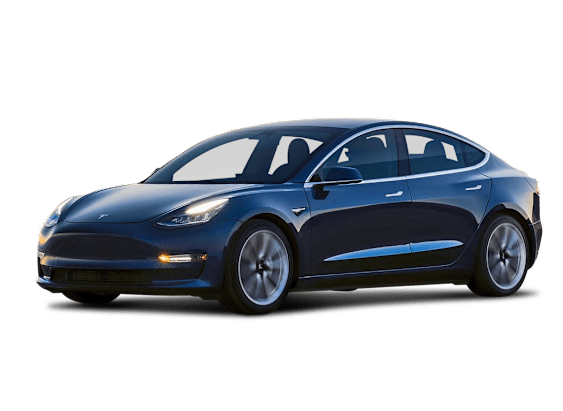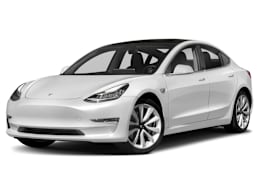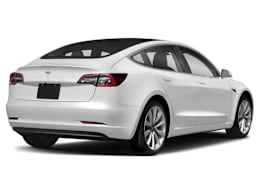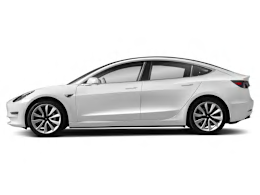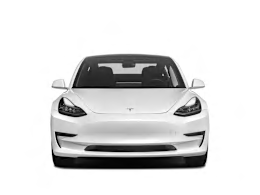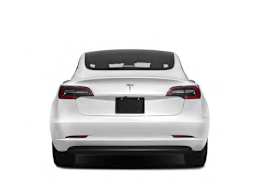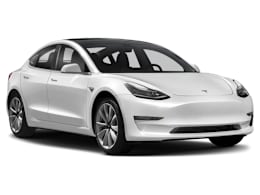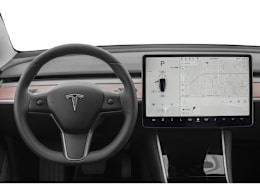Introduction
Tesla Model 3 Electric Car Unveiled
Starting at $36,620 the all-new midsized sedan promises 220-mile range and swift performanceOverview
With as much anticipation as the original Apple iPhone, Tesla has unveiled the most affordable car in its electric vehicle portfolio, the Model 3 with a price ranging from $36,200 to $57,700, before federal and state tax incentives. It's about the size of a BMW 3-Series.
Like the Model S, the Model 3 can be had with options such as Autopilot software, premium package, winter package and all-wheel-drive.
The Model 3 is predicted to have an EPA-rated range of 220 miles and the uplevel version with a bigger battery has a claimed range of 310 miles. Acceleration from 0-60 mph is promised to be under six seconds with the base-model.
The first Model 3 has rolled off the assembly line in early July, 2017.
Though the Model 3 is the newest Tesla, it has been part of Tesla's strategy for years. A decade ago, the company outlined a three-stage assault on internal-combustion vehicles dubbed the "Secret Master Plan." First, a low-volume car that would prove that electric vehicles could be compelling: the Tesla Roadster. Next, a slightly-higher-volume, premium car that would prove that an electric sedan could be among the best cars in the world. That was the Model S. (Musk calls the Model X SUV "step two-point-five.")
The final step: An affordable high-volume car, the Model 3.
















